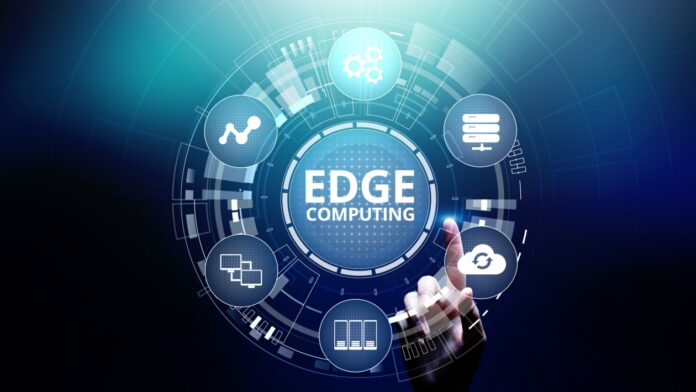Combining 5G with edge computing is focused on applications with low latency, this is why AI and robotics require split-second decisions from computing resources.
But there’s a potential for variety of business apps to benefit both from the edge and 5G, many applications potentially are leverage mobile edge computing.
Experts cite a range of use cases for edge computing in the enterprise, including Businesses with capital-intensive assets in 5G and edge for repair activities through drones for visual inspections of buildings using advanced analytics to identify potential defects or items in need of maintenance.
Data generated can dynamically adjust calibration settings and reduce defects, IoT sensors check certain parameters on the machine to ensure it’s working properly.
Video analytics for surveillance using real-time processing to determine whether a person entering a building is an employee or a visitor and to confirm the identity of employees. It provides real-time advice for law enforcement decision-makers in emergencies, Using video to diagnose a patient or to conduct remote patient monitoring.
Edge-native applications augment human cognition are potential killer apps for edge computing. These apps improve some aspects of human cognition in real-time. By leveraging edge computing, the more computing resources that can be borne in this task can be more energy-hungry and more heat-dissipative worn by a human user.
Beyond the benefits of low latency, experts said edge computing can provide businesses advantages and support for situations when network connectivity is inconsistent. On the bandwidth front, IoT processes data on the edge then send only essential data back to cloud servers.
Data privacy is another benefit, Storing data on edge being sent to a cloud server in a data stream from which personal information could be extracted via ML algorithms.
What’s more, edge computing is a method of achieving compliance with industry regulations that give enterprises more control over where applications are deployed also benefits companies whose workers need to use mobile apps in situations where network connectivity is inconsistent.
This is common in industries where the endpoint moves in and out of coverage areas. By running application functionality can be persistent, and the resulting information is uploaded to the cloud centre at a later time.
Follow and connect with us on Facebook, LinkedIn & Twitter

